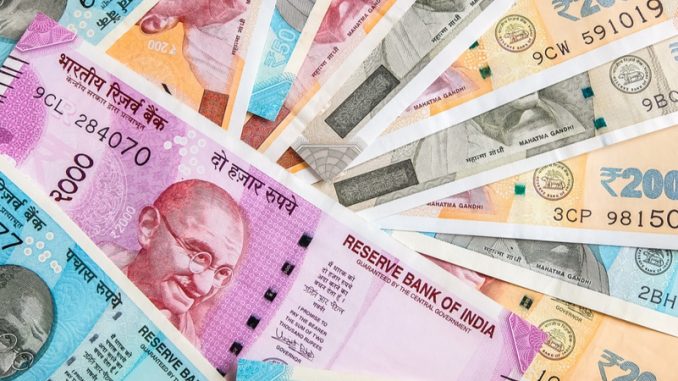
In News
The United States of America has recently put India under a currency manipulation watch list. Is India a currency manipulator? Let’s find out.
In-Detail
The US has put India on a monitoring list of countries with potentially “questionable foreign exchange policies” and “currency manipulation”.
This comes after a year India had been removed from the list by the US Treasury Department.
The Meaning of Currency Manipulator
The US government labels any country that is engaged in wilfully devaluing its currency against the dollar as a currency manipulator.
IT means the country in question is lowering its currency value intentionally to be advantageous over other countries.
Devaluation reduces export costs and artificially shows a reduction in trade deficits.
Labeling Currency Manipulator – The Parameters
- As per the US’ Trade Facilitation and Trade Enforcement Act of 2015, an economy is placed under the monitoring list if it meets two to three of the following criteria:
- Over a 12-month period, the country in question must have a significant trade surplus with the US, at least $20 billion.
- The material current account of the country is in a surplus of at least 2 percent of GDP over a period of 12 months.
- Over a 12-month period, the country should have carried out net foreign currency purchases totaling at least 2% of the GDP.
- Once a country is on the monitoring list, it will stay there for at least two reports. This is to help the US Treasury ensure that the improvement in a country’s performance is durable and not due to temporary factors.
- Also, any major US trading partner with a large and disproportionate share in the US trade deficit will be added and retained on the list. This, even if that country has not met any two of the three criteria mentioned in the Act.
Countries On the List
- In the latest monitoring list, the US Department of Treasury included India, Thailand, and Taiwan to the list.
- The Department warranted close attention on these major trading partners due to their currency practices and macroeconomic policies.
- Other countries on the list are Germany, China, Japan, Italy, Korea, Malaysia, and Singapore.
- India was included on the watchlist in 2018 and was removed in May 2019.
- The name of a country on the list means it does not immediately attract any penalties, but it will dent its confidence in global financial markets.
Return of India On the List
- India has a significant bilateral goods surplus with the US for several years crossing the $20 billion mark.
- Up until June 2020, India’s goods trade surplus increased to $22 billion.
- The report notes that India’s central bank RBI had purchased significant amounts of foreign exchange in the second half of 2019
- This, followed by the net purchase of foreign exchange in the first half of 2020 which amounted to $64 billion or 2.4% of the GDP.
- This is why India is on the list.

Leave a Reply
You must be logged in to post a comment.